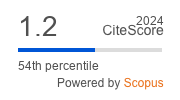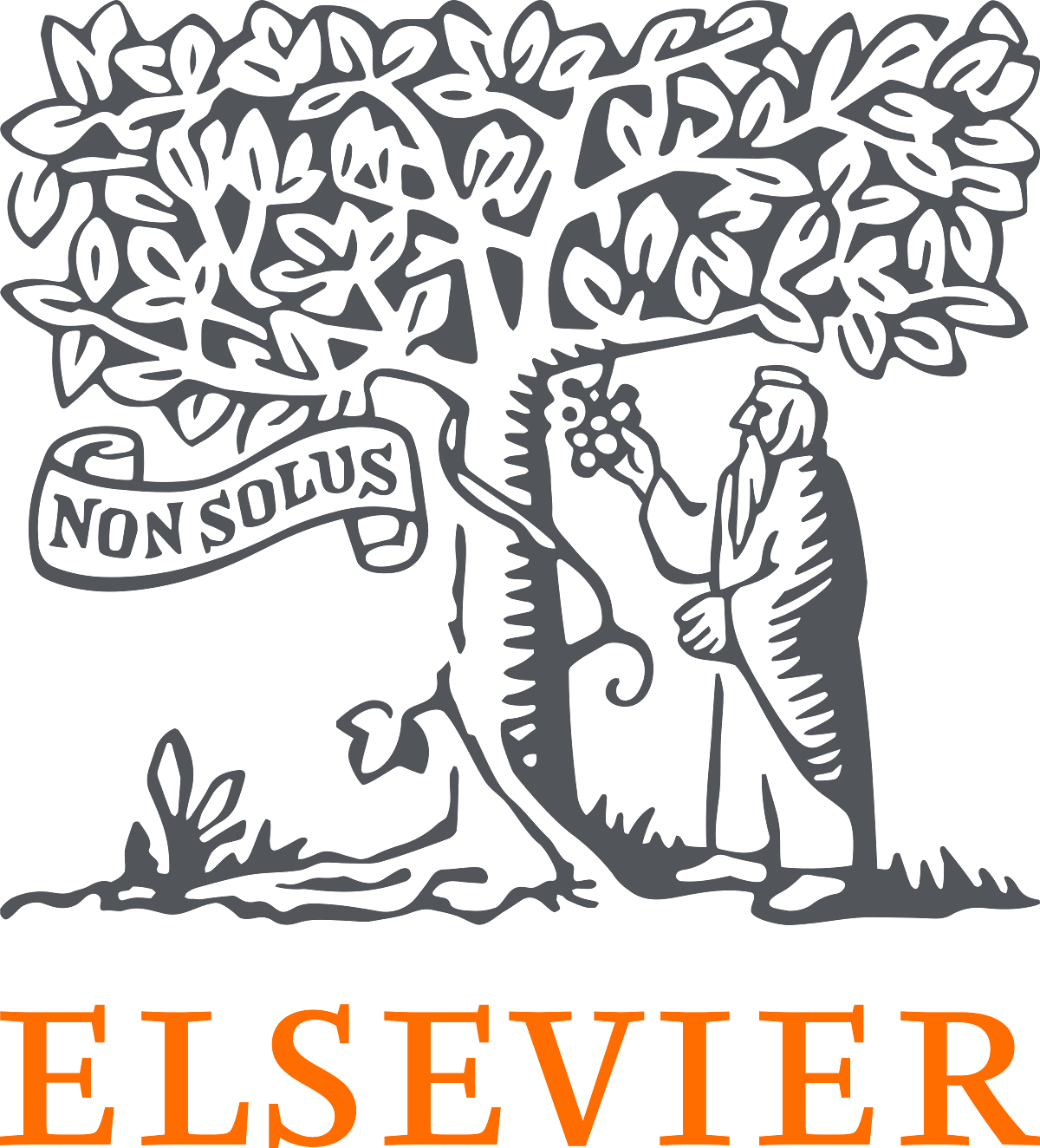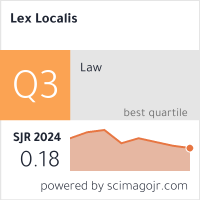Public Participation in Turbulent Times: The Village Fund in Poland
DOI:
https://doi.org/10.52152/23.2.20-40(2025)Keywords:
village fund, public participation, rural areas, participatory budgeting, turbulent timesAbstract
The processes of public participation in rural areas in Poland can take various forms, but one of the most common is village fund. In the literature, it has been subjected to various analyses, which gives an accurate picture of it from the period before COVID-19. The article's purpose is to examine how the functioning of village funds changed during turbulent times of the COVID-19 pandemic. The article uses an analysis of source documents and statistical analysis of data on the scale and directions of expenditures of Polish municipalities from village funds in 2019 - 2021. The analysis indicates a relatively small decrease in the use of village funds during the Covid-19 pandemic in all municipalities. It showed that due to the village fund mechanism's low flexibility, it was up to residents to modify the spending plan in 2020. The results of the study can provide a basis for future discussions on the resilience of participatory processes to the crisis and on models for PB development in rural areas.
References
Ackerman, J. (2004). Co-Governance for accountability: Beyond “exit” and “voice.” World Development, 32(3), 447-463, doi:10.1016/j.worlddev.2003.06.015.
Annunziata, R. (2023). Digitalization of participatory budgeting in the context of the pandemic: The cases of San Lorenzo and Vicente López in Argentina. Local Development & Society, 1-17, doi:10.1080/26883597.2023.2181705.
Arnstein, S. R. (1969). A Ladder of citizen participation. Journal of the American Institute of Planners, 35(4), 216-224, doi:10.1080/01944366908977225.
Badia, F. (2022). Participatory budgeting in Italy: A phoenix rising from the ashes. In M. S. De Vries, J. Nemec, & D. Špaček (Eds.), International Trends in Participatory Budgeting: between Trivial Pursuits and Best Practices (pp. 47-62). Palgrave Macmillan. doi:0.1007/978-3-030-79930-4_3.
Baranowski, J. (2020). Participatory budget and the Sars-Cov-2 pandemic in Poland. Transylvanian Review of Administrative Sciences, Special Issue 2020, pp. 24-37, doi:10.24193/tras.SI2020.2
Bardovič, J., & Gašparík, J. (2021). Enablers of participatory budgeting in Slovakia during the COVID-19 pandemic. Scientific Papers of the University of Pardubice. Series D. Faculty of Economics and Administration, 29(1), 1248, doi:10.46585/sp29011248.
Bednarska-Olejniczak, D., Olejniczak, J., & Svobodová, L. (2020). How a participatory budget can support sustainable rural development—Lessons from Poland. Sustainability, 12(7), 1-29, doi:10.3390/su12072620.
Bhusal, T. (2020). Citizen participation in times of crisis: Understanding participatory budget during the COVID-19 pandemic in Nepal. ASEAN Journal of Community Engagement, 4(2), 321-341, doi:10.7454/ajce.v4i2.1103.
Boulding, C., & Wampler, B. (2010). Voice, votes, and resources: Evaluating the effect of participatory democracy on well-being. World Development, 38(1), 125-135, doi:10.1016/j.worlddev.2009.05.002.
Buele, I., Vidueira, P., & Guevara, M. G. (2020). Implementation model and supervision of participatory budgeting: An Ecuadorian approach applied to local rural governments. Cogent Social Sciences, 6(1), 1779507, doi:10.1080/23311886.2020.1779507.
Burkšienė, V., Burbulytė-Tsiskarishvili, G., & Dvorak, J. (2022). Mayoral influence on participatory budgeting in Lithuania during Covid-19. Emerging Science Journal, 6(0), 151-164, doi:10.28991/esj-2022-SPER-011.
Cabannes, Y. (2004). Participatory budgeting: A significant contribution to participatory democracy. Environment and Urbanization, 16(1), 27-46, doi:10.1177/095624780401600104.
Central Statistical Office (2023), Local Data Bank - Bank Danych Lokalnych (GUS BDL). Retrieved from: https://bdl.stat.gov.pl/bdl/start
Dias, N. (Ed.). (2018). Hope for democracy: 30 years of participatory budgeting worldwide. Epopeia Records & Oficina coordination & Nelson Dias. Retrieved from https://thelivinglib.org/hope-for-democracy-30-years-of-participatory-budgeting-worldwide/
Dias, N., Enriquez, S., Cardita, R., Júlio, S., & Serrano, T. (2021). Participatory budgeting World Atlas 2020—2021. Epopeia.
Ebdon, C. (2002). Beyond the public hearing: Citizen participation in the local government budget process. Journal of Public Budgeting, Accounting & Financial Management, 14(2), 273-294, doi:10.1108/JPBAFM-14-02-2002-B006.
Feltynowski, M., & Rzeńca, A. (2019). Solecki fund as instrument in the hands of rural development policy makers. In A. Krakowiak-Bal & M. Vaverkova (Eds.), Infrastructure and Environment (pp. 263-271). Springer International Publishing. doi:10.1007/978-3-030-16542-0_33.
Hussay, S. (2020). International Public Participation Models 1969-2020. Bang the Table. Retrieved from https://www.bangthetable.com/blog/international-public-participation-models/
Kamosiński, S. (2017). The village fund as a form of inhabitants’ participation in managaring subsidiary units of the commune. Вісник Національного Університету «Львівська Політехніка». Серія: Юридичні Науки, 865 (14), 538-543, doi:10.23939/law2017.865.538.
Kekez, A., Howlett, M., & Ramesh, M. (2019). Collaboration in public service delivery. Edward Elgar Publishing. doi:10.4337/9781788978583.
Leśniewska-Napierała, K., & Napierała, T. (2020). Participatory budgeting: Creator or creation of a better place? Evidence from rural Poland. Bulletin of Geography: Socio-Economic Series, 48(48), 65-81, doi:10.2478/bog-2020-0014.
Maciel, L. R., Costa, C. S., & Catapan, A. (2022). Participatory budgeting in Covid-19 times: A perspective from Paraná and Portuguese municipalities. International Journal of Professional Business Review, 7(1), 1-21, doi:10.26668/businessreview/2022.v7i2.390.
McNulty, S., No, W., Dall’Orso, R. R., Olejniczak, J., Dajer, D., Abbott, J., Park, Y. (2021). Participatory Budgeting via National Law. People Powered.
Nabatchi, T., & Leighninger, M. (2015). Public Participation for 21st Century Democracy. London, UK: John Wiley & Sons.
Nabatchi, T., Sancino, A., & Sicilia, M. (2017). Varieties of participation in public services: The who, when, and what of coproduction. Public Administration Review, 77(5), 766-776, doi:10.1111/puar.12765.
Richard, J. S., & Muna, W. (2018). Effects of county budgeting forums on service delivery in Kenya: The case of Kajiado county. American Journal of Public Policy and Administration, 3(1), doi:10.47672/ajppa.366.
Rowe, G., & Frewer, L. J. (2005). A typology of public engagement mechanisms. Science, Technology, & Human Values, 30(2), 251-290, doi:10.1177/0162243904271724.
Sintomer, Y., Herzberg, C., & Rocke, A. (2008). Participatory budgeting in Europe: Potentials and challenges. International Journal of Urban and Regional Research, 32(1), 164-178, doi:10.1111/j.1468-2427.2008.00777.x.
Swianiewicz, P. (2018). New experiments of maintenance of old traditions? Dual system of sub-municipal units in Poland. In N.-K. Hlepas, N. Kersting, S. Kuhlmann, P. Swianiewicz, & F. Teles (Eds.), Sub-municipal Governance in Europe: Decentralization Beyond the Municipal Tier (pp. 167-192). Springer International Publishing. doi:0.1007/978-3-319-64725-8_8.
Sześciło, D., & Wilk, B. (2018). Can top down participatory budgeting work? The case of Polish community fund. Central European Public Administration Review, 16(2), 179-192, doi:10.17573/cepar.2018.2.09.
Wampler, B. (2007). A guide to participatory budgeting. In Shah A. (Ed.), Participatory Budgeting, (pp. 21-54). The World Bank. doi:10.1596/978-0-8213-6923-4.
Zhuang, M. (2014). Participatory budgeting, rural public services and pilot local democracy reform. Field Actions Science Report, 2014(11). Retrieved from http://journals.openedition.org/factsreports/3585
Downloads
Published
Issue
Section
License
Copyright (c) 2025 Lex localis - Journal of Local Self-Government

This work is licensed under a Creative Commons Attribution-NonCommercial-NoDerivatives 4.0 International License.








